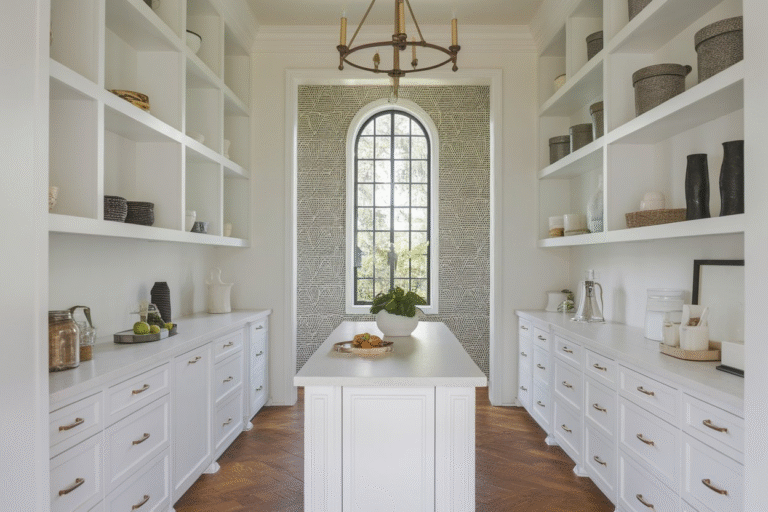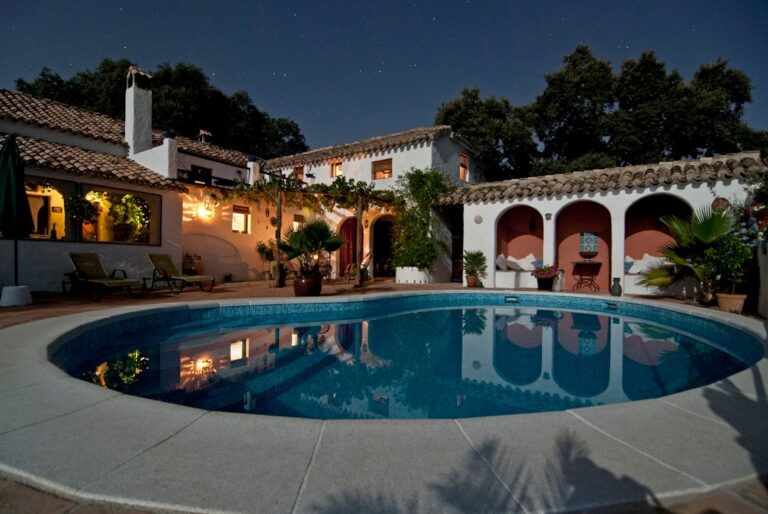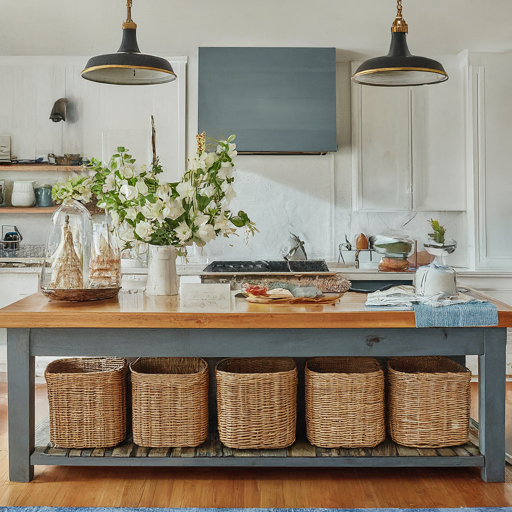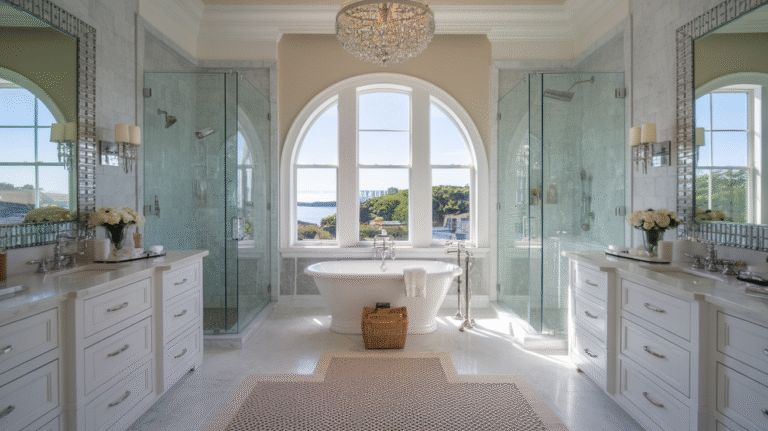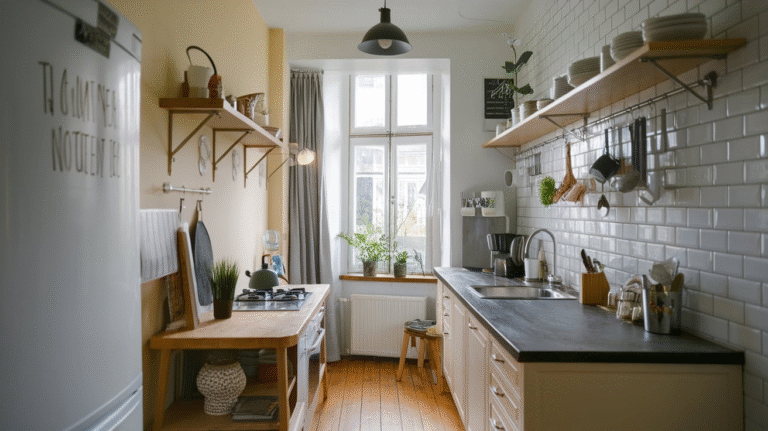20 DIY Tiny House Under $5000 Ideas
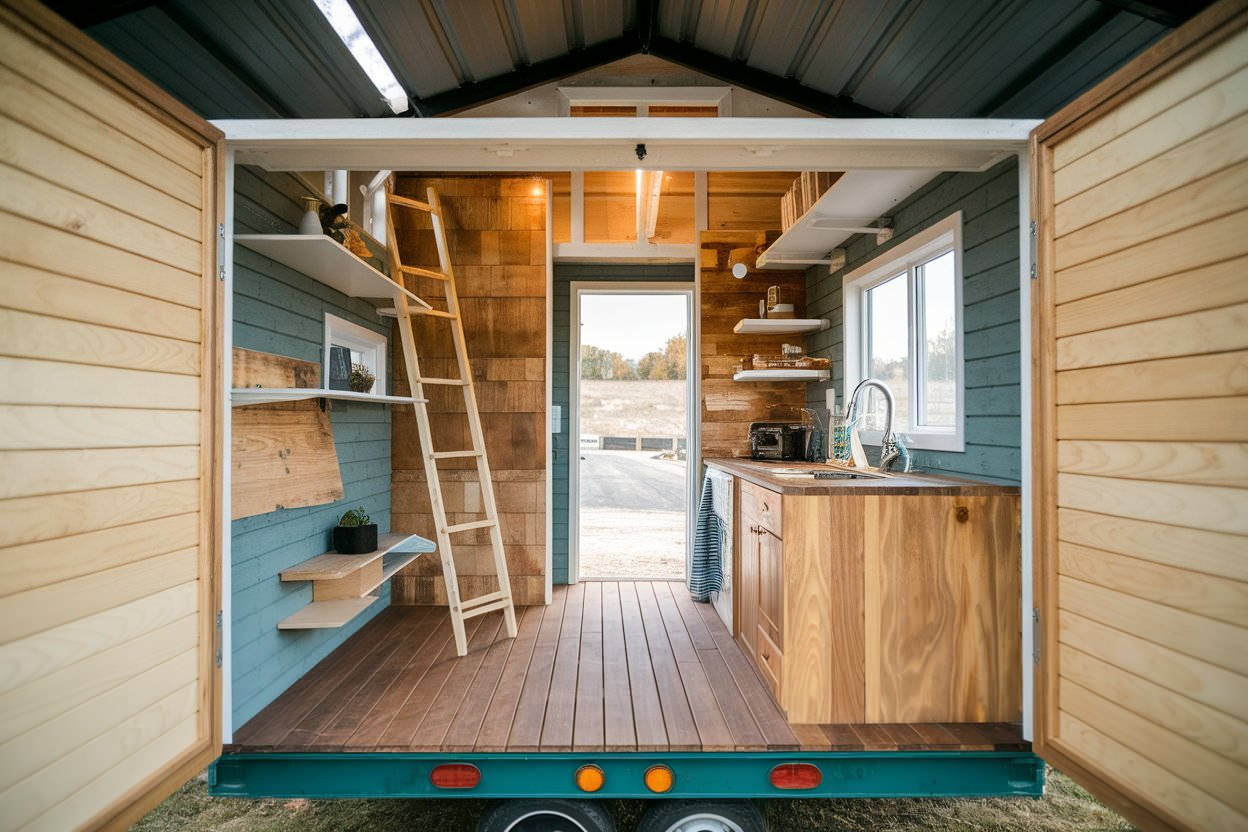
If you’ve ever dreamed of owning a tiny house but felt like it was out of reach due to costs, this article is your secret blueprint. Imagine crafting a cozy, functional home with your own hands without emptying your bank account.
It’s absolutely possible — and I’m here to guide you through 20 practical, budget-friendly DIY ideas that can help you build a tiny house for under $5000. Ready to roll up your sleeves and dive into a world where creativity meets frugality?
Why Build a Tiny House Under $5000?

Building a tiny house on a tight budget isn’t just about saving money; it’s about embracing simplicity, sustainability, and self-reliance. This journey transforms from a mere project into a life-changing adventure. A smaller space means less to clean, lower utility bills, and a lighter footprint on the environment.
Plus, the satisfaction you get from constructing your own shelter—brick by brick or board by board—is unbeatable. Trust me, I’ve been there: staring at an empty lot and knowing that the next few months would mean sleepless nights but also a home that’s truly mine.
The key to keeping costs low is strategic planning and using resources wisely. Some of these ideas might require more elbow grease than cash, but the rewards are enormous. Let’s break down the best ways to build your tiny dream home without breaking the bank.
1. Start With a Strong, Simple Foundation

The foundation is the literal base of your tiny house, so it has to be sturdy yet affordable. Instead of pouring a traditional concrete slab, consider a pier foundation made of concrete blocks or recycled materials.
This method uses fewer resources and allows for easier leveling on uneven ground. I remember using old railroad ties as a base once—it was a bit of work to stabilize, but it saved hundreds of dollars and still felt rock solid.
For mobility, a trailer base is a popular choice. You can often find used trailers under $1000. Ensure it’s in good condition, and reinforce it where needed to support the weight of your structure.
2. Reclaimed Wood: Your Best Friend for Framing and Siding
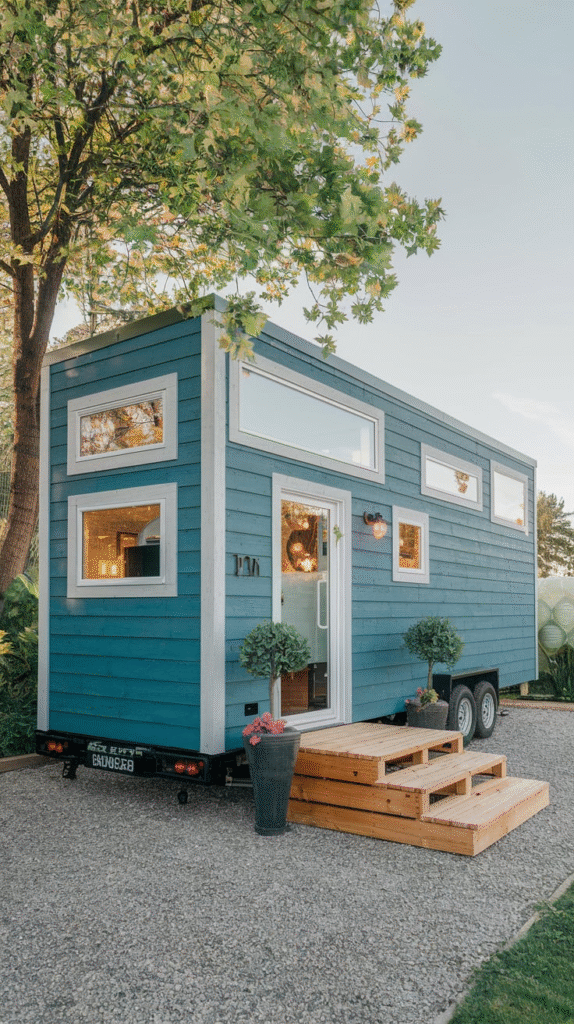
High-quality lumber can quickly drain your budget. Instead, seek out reclaimed wood from demolition sites, pallets, or old barns. Not only is it cheaper, but reclaimed wood adds character and charm. It might take some extra sanding and treatment, but the rustic aesthetic it creates is worth it.
Remember, not all reclaimed wood is safe—inspect for nails, rot, and pests. Treat it with a wood preservative to extend longevity. I once built my tiny house’s frame primarily from salvaged wood sourced from a local warehouse demolition, and it cut my framing costs by over 60%.
3. Use Structural Insulated Panels (SIPs) or Straw Bales for Insulation
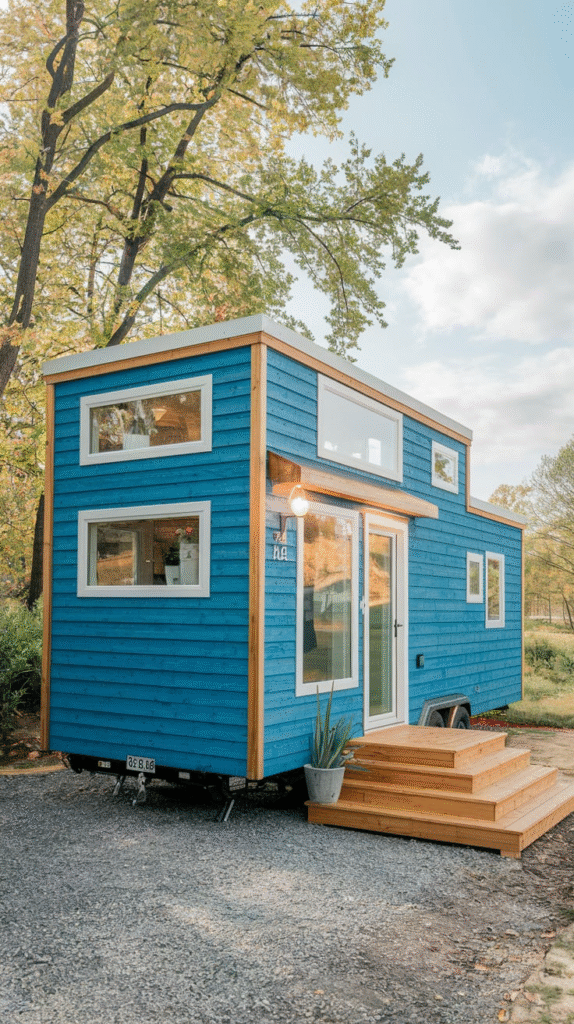
Insulation often gets overlooked in budget builds but is essential for comfort and energy efficiency. SIPs can be pricey new, but making your own panels from plywood and foam board insulation is a smart workaround. Alternatively, straw bales are an eco-friendly, cost-effective option that provide excellent insulation and soundproofing.
When I used straw bales, the walls were surprisingly solid and warm in winter, cool in summer, and saved me hundreds compared to conventional insulation materials.
4. Opt for a Shed Roof Design
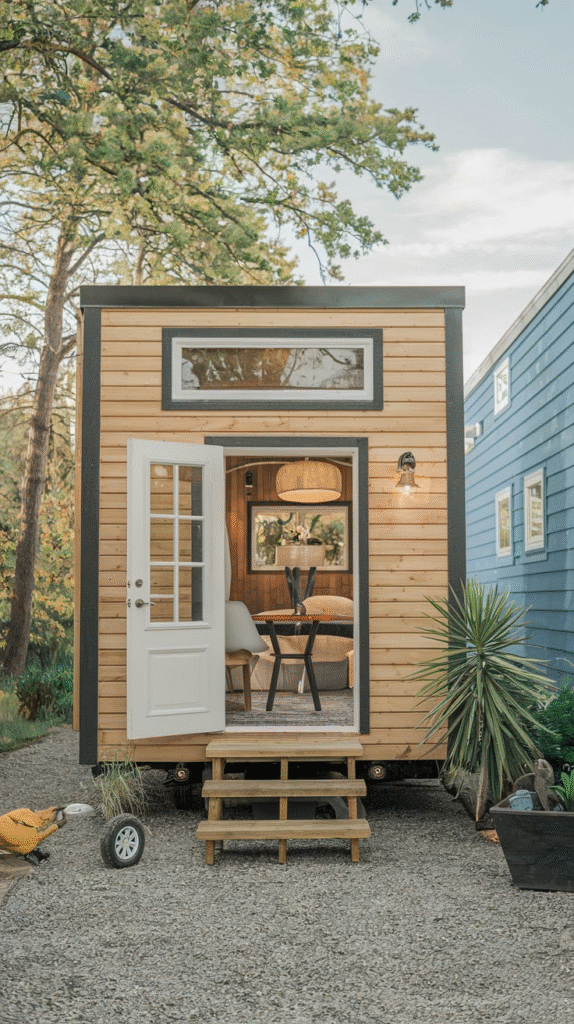
Complex roofs mean complicated construction and higher material costs. A shed roof—a simple single slope roof—is much easier to build and cheaper to cover. It also facilitates better rain runoff and solar panel placement if you plan to install them.
The straightforward design made my tiny house project feel manageable, almost like building a giant birdhouse, which kept the momentum going without getting overwhelmed.
5. Salvage Windows and Doors

Windows and doors can be expensive but look for salvaged or donated materials from Habitat for Humanity ReStores, Craigslist, or local construction waste sites. You’ll be surprised how many perfectly good, vintage windows and doors you can find.
I scored a set of antique windows with gorgeous wood frames for nearly nothing—they gave the house instant character and saved me nearly $800.
6. Use Plywood Sheets for Interior Walls and Flooring
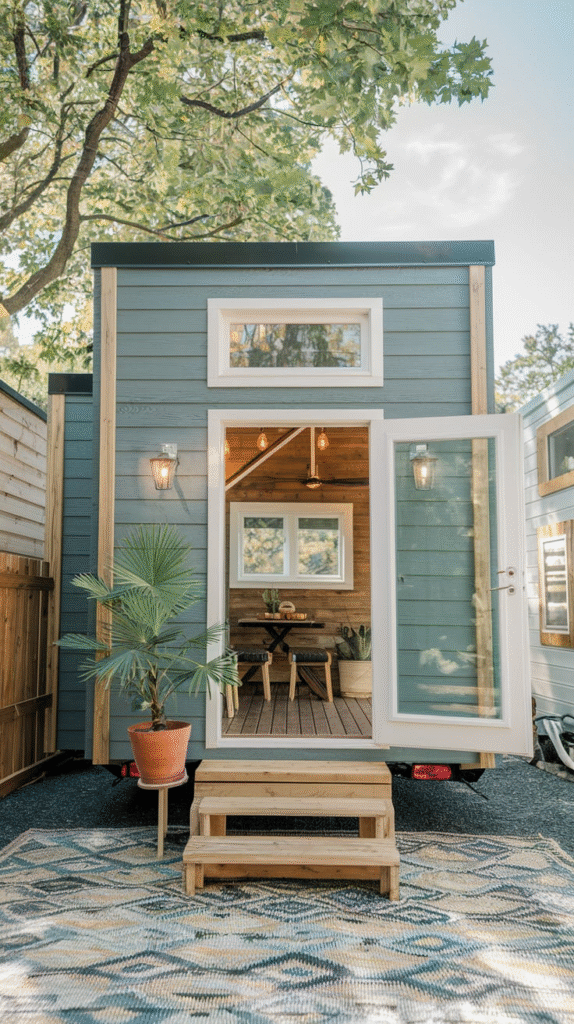
Plywood is versatile, affordable, and easy to work with. You can use it for walls, floors, and even ceilings. For a rustic or industrial look, leave it exposed or stain it lightly. To stretch your budget further, check if you can get flooring-grade plywood remnants or seconds from lumberyards.
I covered the entire interior with unfinished plywood and stained it with a homemade walnut wash, creating a cozy cabin feel for pennies compared to traditional flooring.
7. DIY Plumbing and Electrical
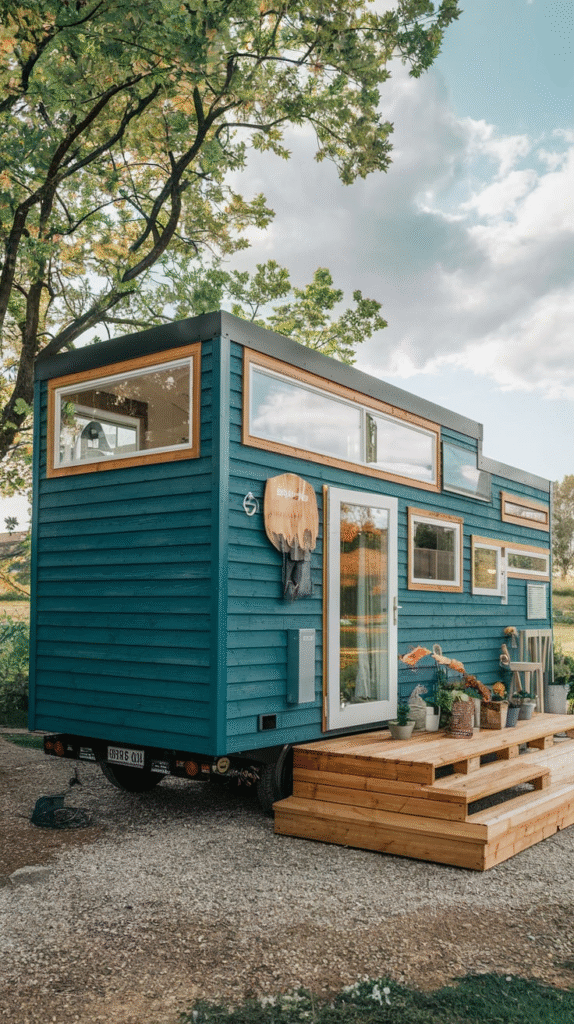
If you’re comfortable with basic skills, you can install simple plumbing and electrical systems yourself. Use flexible PEX tubing for plumbing, which is easy to work with and affordable. For electrical, buy a basic wiring kit and follow online tutorials or community college courses.
While it’s crucial to follow local codes and possibly have inspections, learning these skills saves thousands on labor costs. I recommend starting small—install basic lighting and outlets—and upgrade over time.
8. Build a Compact Composting Toilet

Traditional plumbing hookups are expensive and complicated. Composting toilets are a smart, budget-friendly solution for tiny houses that aren’t connected to septic systems. They require no water and are environmentally sustainable.
I built my own composting toilet using a sturdy bucket, sawdust, and a simple vent fan for odor control. It was a learning curve but became one of the best eco-friendly decisions I made.
9. Use Salvaged or Recycled Insulation Materials
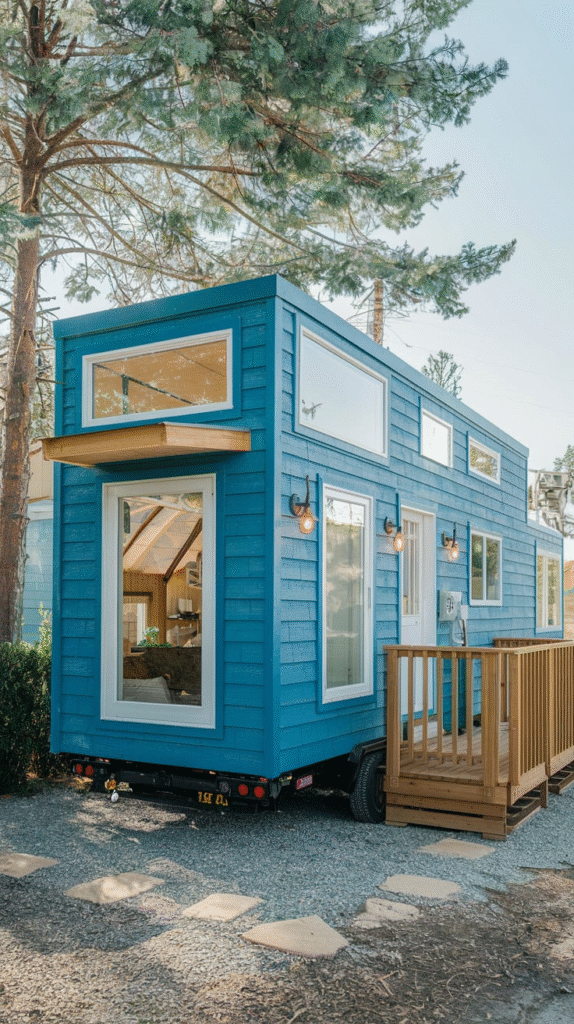
Besides SIPs and straw bales, consider recycled denim insulation or cellulose insulation made from shredded paper. These can sometimes be found cheaply or donated by local construction recycling programs. They provide decent thermal performance and are more eco-friendly.
The idea of wrapping my tiny home in shredded newspaper seemed odd at first, but it worked wonders in keeping temperatures steady.
10. Solar Power on a Budget
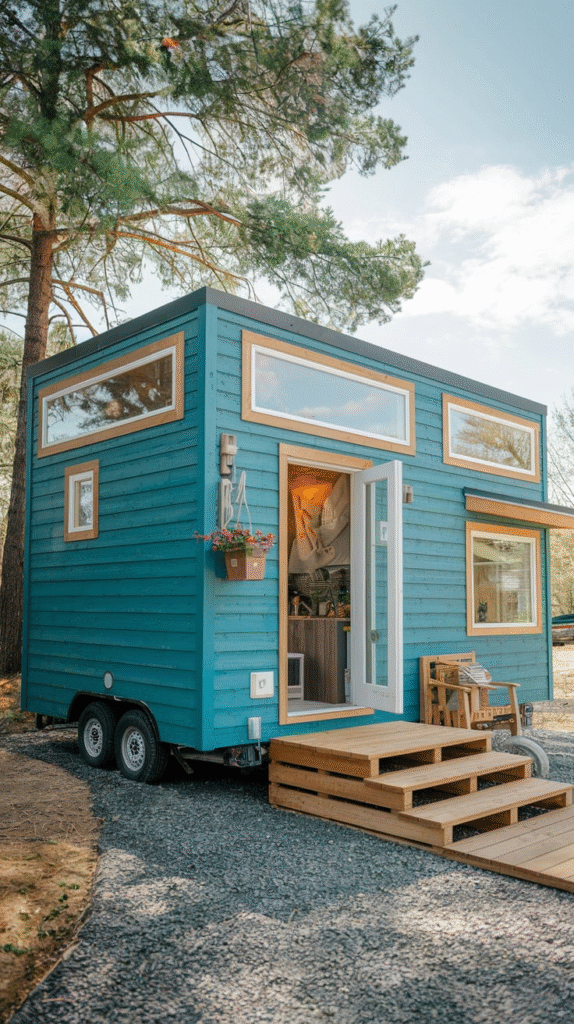
Installing a full solar setup might seem out of budget, but you can start small. Use portable solar panels or build a small DIY solar generator to power lights and small devices. Many tiny house builders start with a simple solar system and expand it later.
I bought used solar panels from a local sale and rigged a basic system to charge batteries. It wasn’t fancy, but it meant I didn’t pay any electricity bills for months.
11. Build Furniture Into the Structure
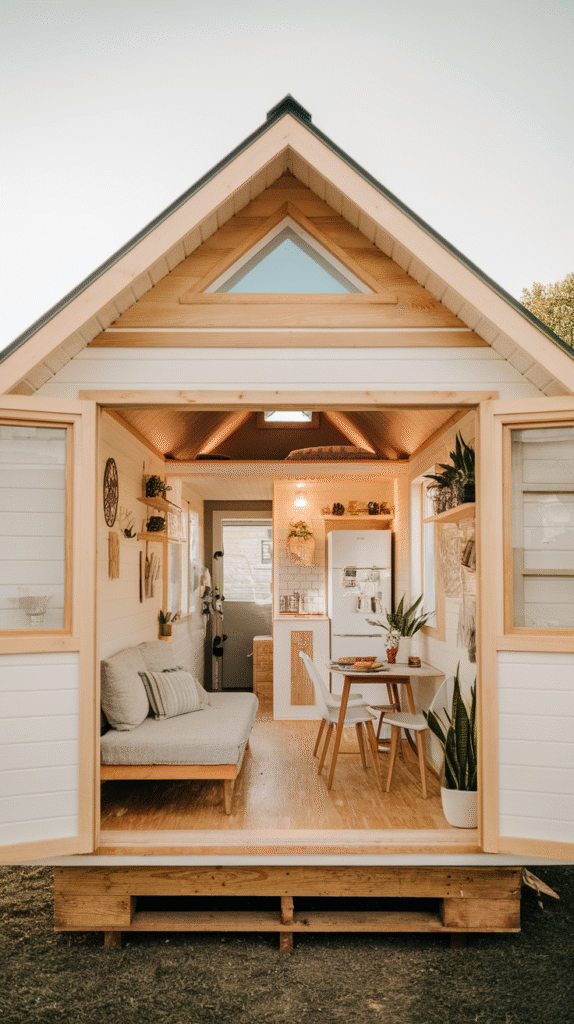
Space-saving furniture that doubles as storage can save you a lot of money on separate pieces. Build a bench with storage under the seat, fold-out tables, or a bed with drawers underneath. Use plywood or reclaimed wood for these.
I crafted a bed platform with storage bins underneath, which kept clutter away and eliminated the need for dressers or extra shelves.
12. Use Tarps and Temporary Covers to Protect During Construction
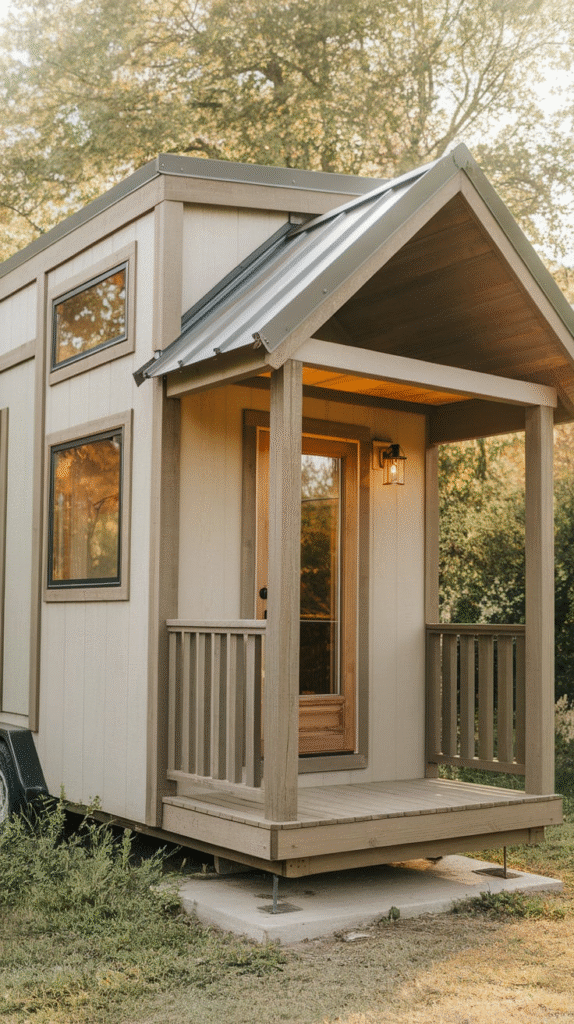
Weather delays can rack up costs if you need to rent equipment or materials get damaged. Use heavy-duty tarps or old tents to protect your worksite and materials. It’s a simple, low-cost way to prevent setbacks.
During a sudden rainstorm, my tarp-covered worksite stayed dry and allowed me to continue working instead of losing a week’s worth of progress.
13. Consider a Tiny House on Wheels
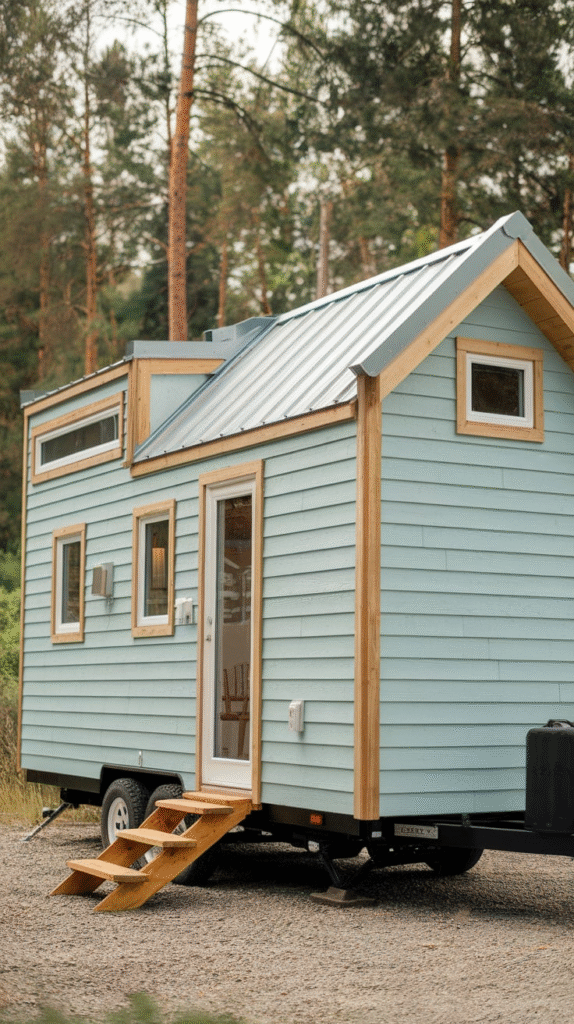
Building on wheels means you avoid the cost of a permanent foundation and some permits. Used trailers, skids, or even pallets can serve as bases. This gives you flexibility and reduces costs.
A friend of mine built a tiny home on a recycled trailer for under $4000 and later moved it easily to a new plot of land.
14. Use Multi-Functional Spaces to Save Square Footage
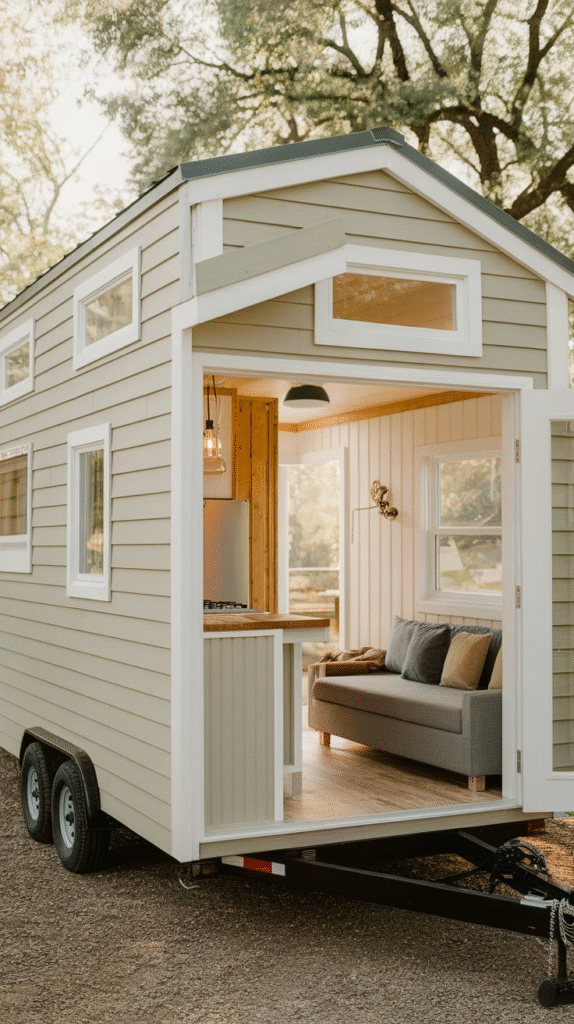
Design rooms that serve multiple purposes: a dining area that converts into a workspace, or a loft bedroom that doubles as storage space. This avoids wasting materials and space.
In my tiny house, the dining table folds against the wall, turning into a work desk by day and a dinner spot by night, keeping the footprint small.
15. DIY Solar Water Heater
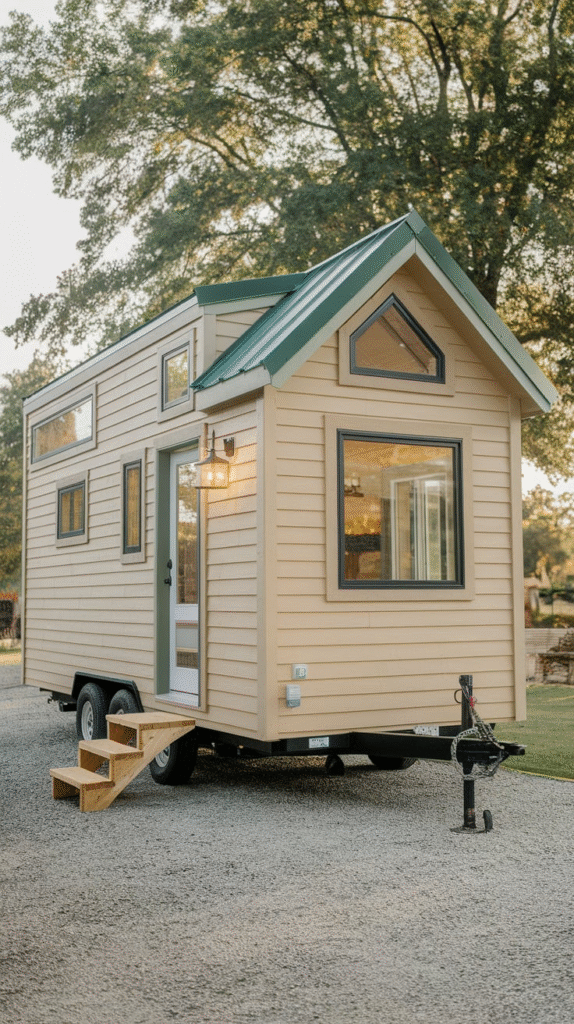
If you want hot water without paying for electric or gas water heaters, a solar water heater made from black tubing and a simple frame can provide warm water for washing.
I rigged one using black garden hoses on the roof—on sunny days, it warmed water enough for a cozy shower.
16. Use Corrugated Metal or Reclaimed Tin for Roofing
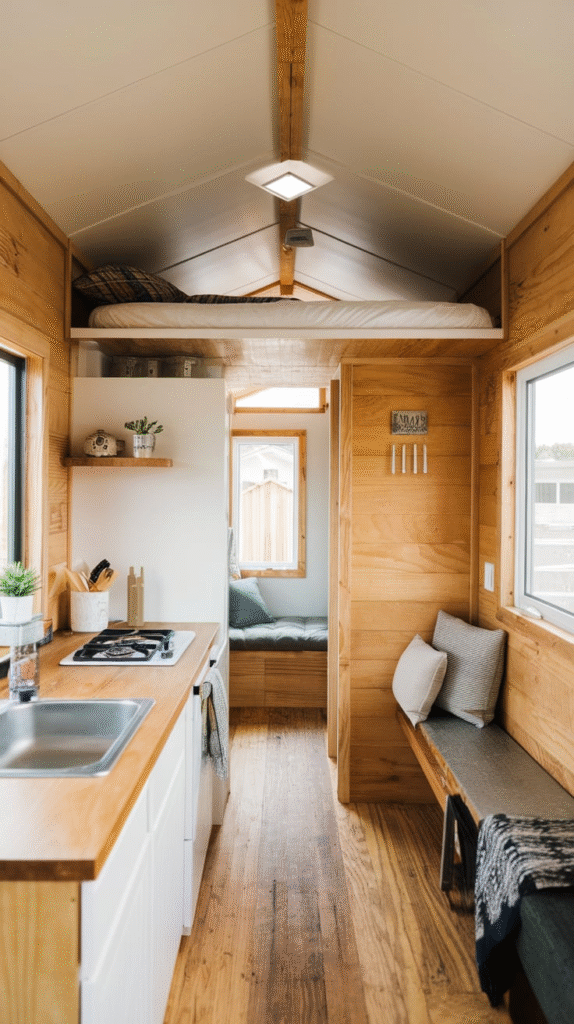
Affordable, durable, and easy to install, corrugated metal roofing sheets or salvaged tin are perfect for tiny house roofs. They reflect heat, last long, and cost less than shingles.
Installing metal roofing felt like laying down a shiny armor on my tiny home, and it kept me dry during heavy rains without blowing the budget.
17. Build a Green Roof with Succulents or Grasses

If you want insulation and natural beauty, a green roof made with lightweight soil and drought-tolerant plants can be low-cost and self-sustaining. Use old pallets or recycled trays for planting beds.
My green roof didn’t just look good—it kept the tiny house cooler in summer and provided a little garden I could nurture.
18. Use Salvaged Doors as Interior Dividers or Sliding Barn Doors

Instead of drywall or expensive partitions, use salvaged doors or reclaimed wood panels as room dividers or sliding barn doors. They add charm and save money.
Sliding a reclaimed barn door to close off the sleeping area gave my tiny house a rustic yet elegant touch without spending a dime on new materials.
19. Utilize Natural Lighting to Reduce Electrical Needs
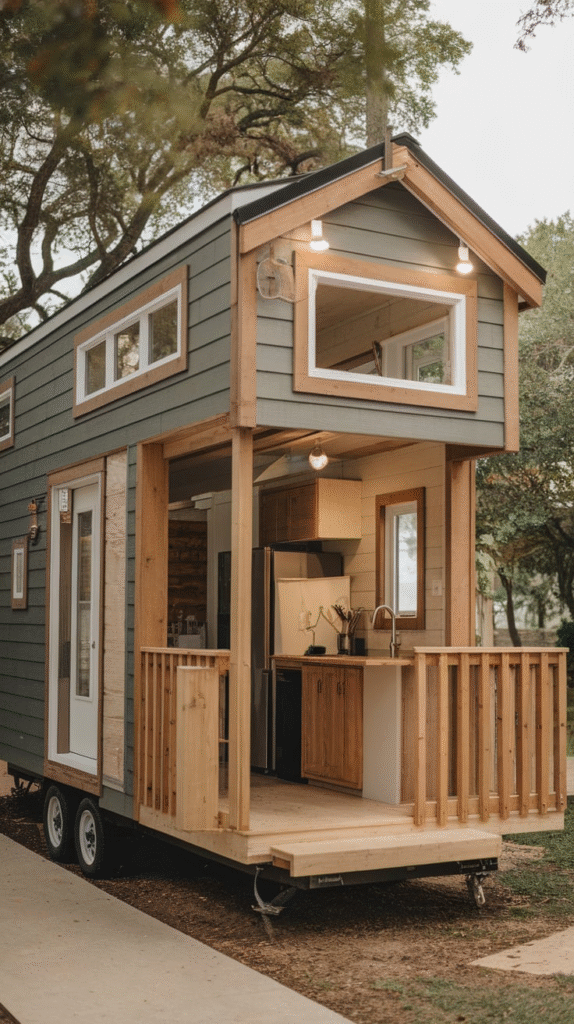
Strategically place windows and skylights to flood your tiny home with daylight. This reduces the need for electric lights during the day and creates an open, airy feel.
I positioned windows on opposite walls for cross-ventilation and natural light, turning my tiny house into a sunny haven without a flicker of electricity.
20. Finish With Natural Oils or Homemade Paints

Instead of expensive commercial paints or varnishes, finish your wood with natural oils like linseed or tung oil, or make your own milk paint. These finishes are cheap, non-toxic, and enhance wood grain beautifully.
Using linseed oil on my floors created a warm glow and durable surface without the chemical smell or high costs of store-bought finishes.
Conclusion
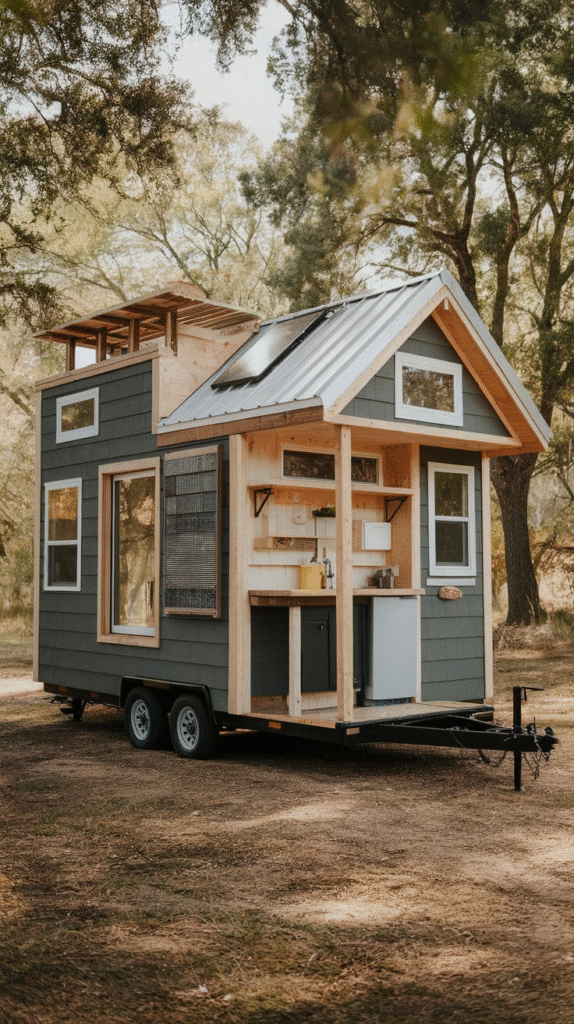
Building a tiny house under $5000 is a challenge, but with these ideas, it’s a challenge filled with creativity and empowerment. Each dollar saved is a victory; each DIY project is a story you’ll proudly tell.
Keep in mind that flexibility, patience, and resourcefulness are your greatest tools. The house may be tiny, but the satisfaction is immense. Start small, build smart, and soon you’ll have your very own cozy nest, built by your own hands and brimming with personality. Ready to take that first step? Your tiny home awaits.


